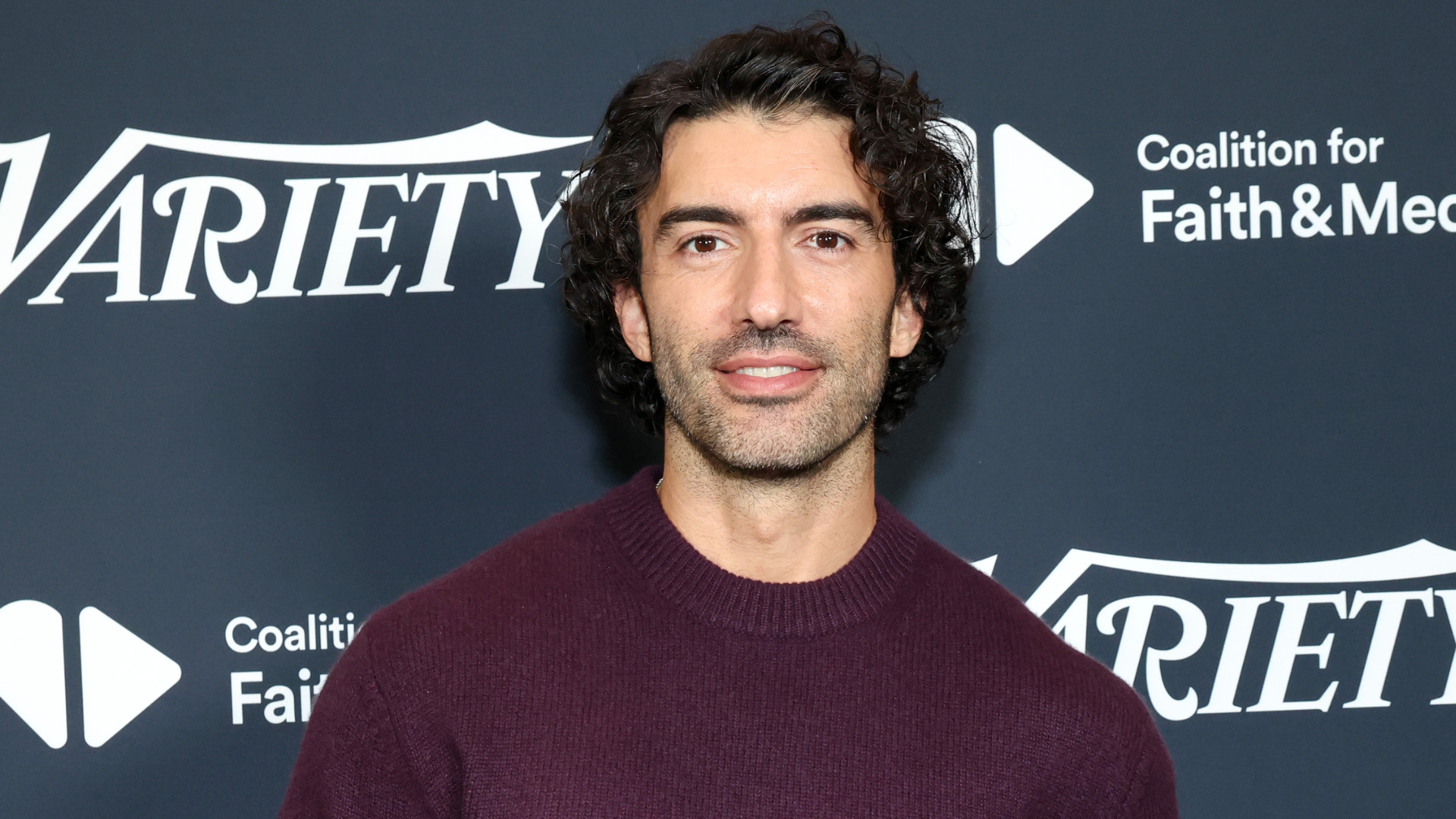
Legal Battle Between Justin Baldoni and Blake Lively Comes to an End
A high-profile legal battle between actor and director Justin Baldoni and actress Blake Lively has officially concluded after a court ruled that Baldoni failed to meet a critical deadline. The case, which involved a $400 million defamation and extortion lawsuit against Lively, Ryan Reynolds, and The New York Times, was dismissed by U.S. District Judge Lewis Liman of the Southern District of New York.
Judge Liman issued a ruling on October 31, stating that Baldoni and his co-plaintiffs at Wayfarer Studios did not act in time to revive their claims. The judge noted that the plaintiffs had failed to respond to an order from October 17 asking why final judgment shouldn’t be entered. As a result, the case was formally closed.
This decision follows an earlier dismissal of Baldoni’s original complaint in June, when Judge Liman determined that his defamation allegations lacked merit. At that time, the court found that statements cited in Baldoni’s lawsuit — many of which came from Lively’s sexual harassment complaint and a related New York Times article — were protected under litigation and reporting privileges.
While the latest ruling ends Baldoni’s defamation and extortion claims against Lively, Reynolds, and The New York Times, he still retains the right to appeal the judgment once the court resolves motions related to Lively’s request for reimbursement of legal fees.
Background of the Lawsuit
Baldoni first filed his $400 million lawsuit in January 2025, calling it a “counterattack” in what has become one of Hollywood’s most contentious legal disputes. The conflict began when Lively sued Baldoni and Wayfarer Studios in December 2024, accusing him of sexual harassment and retaliation during the production of It Ends With Us, in which she co-starred with the actor and director.
In her complaint, Lively alleged that Baldoni engaged in inappropriate behavior on set, including an incident where he reportedly leaned forward and dragged his lips from her ear down her neck, saying, “It smells so good.” She also claimed he pushed to include an explicit sex scene and made invasive comments about her and Reynolds’ private life.
After Lively’s lawsuit became public, Baldoni accused her, Reynolds, and The New York Times of orchestrating a smear campaign to damage his reputation. His complaint referenced a New York Times article published in December 2024 titled “‘We Can Bury Anyone': Inside a Hollywood Smear Machine,” which detailed Lively’s initial filing with California's Civil Rights Department.
Judge Liman dismissed those defamation claims in June, agreeing with Lively’s and Reynolds’ lawyers that the allegations were protected speech. The New York Times statement on the matter said, “We are grateful to the court for seeing the lawsuit for what it was: a meritless attempt to stifle honest reporting.”
Ongoing Legal Disputes
Despite the dismissal of Baldoni’s defamation claims, Lively’s sexual harassment and retaliation lawsuit against him remains active in Manhattan federal court. This means that the high-stakes legal feud between the two co-stars is far from over.
The case highlights the complexities of legal battles in the entertainment industry, where personal and professional conflicts often intersect with public perception and media coverage. While this particular lawsuit has ended, the broader implications of such cases continue to shape discussions around workplace conduct, free speech, and the responsibilities of media outlets in covering sensitive issues.
Related Legal Developments
Other recent legal developments have also captured public attention. For example, Tory Lanez was ordered to be deposed again in Megan Thee Stallion’s defamation lawsuit. Additionally, a separate case saw someone sued for $12 million over alleged sabotage of the Cash Money 30th Anniversary Tour. In another instance, Drake, Adin Ross, and Stake were accused of deceptive online gambling practices in a new lawsuit filed in New Mexico.
These cases underscore the ongoing challenges faced by celebrities and public figures in navigating both their personal lives and professional careers, especially in an environment where legal disputes can quickly become public spectacles.

Post a Comment